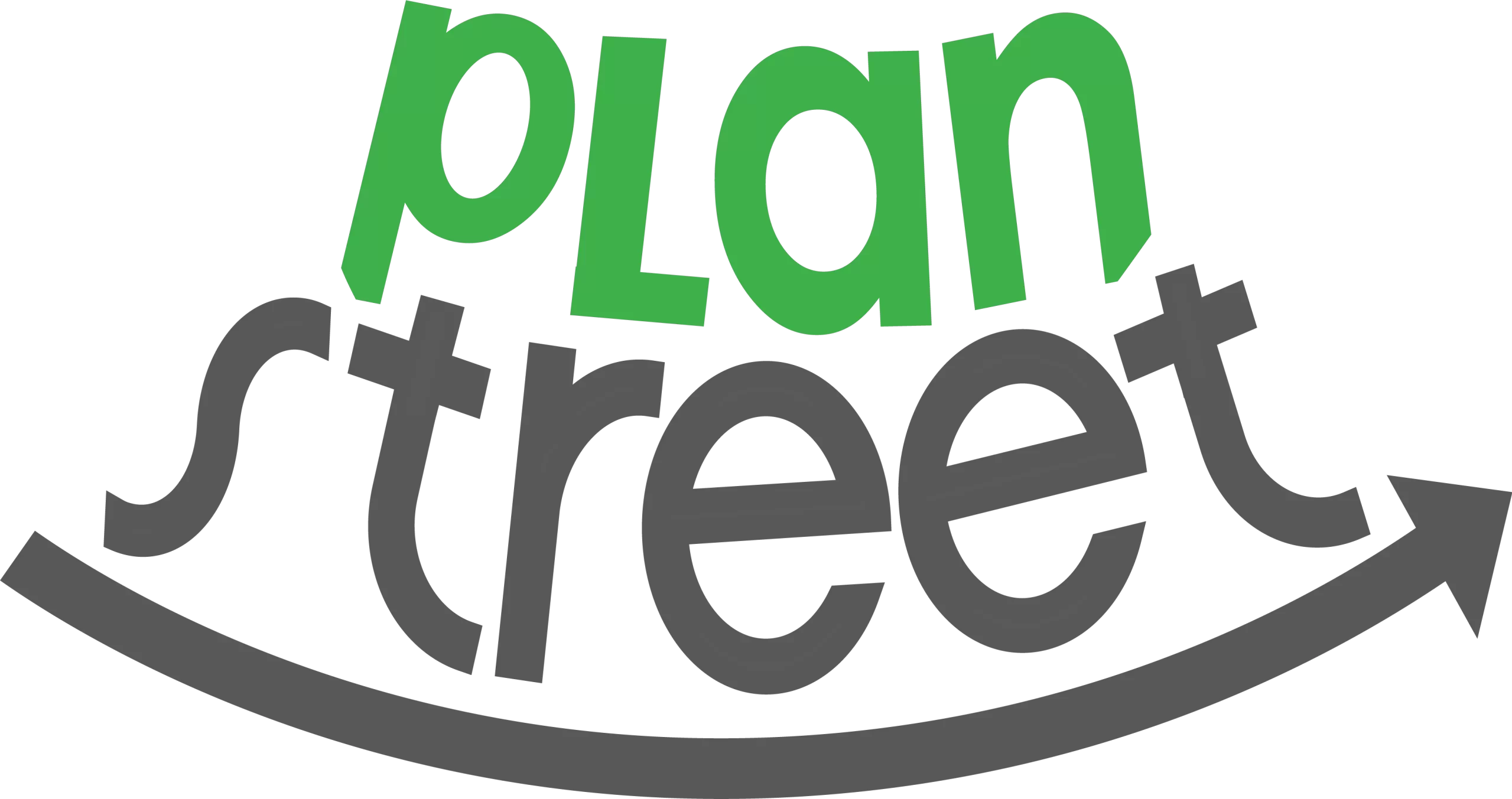The Importance of Case Notes in Case Management

I was once at a hospital when I read a note printed on all their case files “Care not documented is care not delivered”. The message was beautiful, loud, and clear. While most of us find taking notes and documenting things to be bothersome, its importance can’t be stressed enough.
Some might argue, and maybe rightly so, that tedious documentation is a waste of time that can be better-utilized inpatient care instead. Less documentation equals more care, to put it simply.
But for the long-term success of all the stakeholders – the physician, the practice, and the patient – it’s the documentation that helps find better ways of effective care. It helps in understanding patterns, learn new things, and collate data to explore new healthcare possibilities.
Case Notes for Social Workers
In the world of healthcare nonprofits, note-taking is as crucial as it is with the core healthcare providers. Case managers at these facilities provide a plethora of services for clients that are focused on helping them achieve wellness and autonomy.
A case manager’s main purpose is to act as a client advocate for various social services. This is a multidisciplinary process that involves assessing, planning, coordinating, implementing, and evaluating services for the client.
Client file notes serve as a running record of client contact as well as a location to keep track of any client information relevant to their treatment. Case managers are dedicated to serving the ever-changing requirements of their clients. As a result, case managers will keep track of their clients’ progress, goals, and treatment responses in a note.
Also Read: Social Workers: Career Paths, Opportunities, and Types of Positions
Case Management Note Formats
Case management notes can be written in a number of different formats. The specific note formats, such as BIRP, DAP, GIRP, PRP, SOAP, or a regular progress note, are determined by the individual facility or group.
- DAP Format
DAP stands for Data, Assessment, Plan.
Data: During the session or meeting with the client, take notes on what the client said and what you saw.
Assessment: Keep track of what happens during the session and how the client appears, including their apparent mental and physical states as well as nonverbal signs.
Plan: Take note of how the client reacts to their treatment plan. Is there anything standing in the way of them achieving their treatment objectives? It’s worth noting. - BIRP Format
BIRP stands for Behavior, Intervention, Response, Plan.
Behavior: Observations, remarks, and direct client quotes should all be documented.
Intervention: The case manager’s approach for dealing with the client’s goals, objectives, statements, and observations.
Response: The client’s reaction to the interventions, as well as any progress achieved toward the treatment objectives.
Plan: An action plan for achieving the therapy goals and making any necessary changes to the treatment plan. - GIRP Format
GIRP stands for Goal, Intervention, Response, Plan.
Goal: Make a written record of the client’s purpose or objective.
Intervention: Make a list of the interventions the case manager will use to achieve the goals.
Response: Note down the client’s reaction, including their exact words as well as any progress or measures done toward their treatment plan’s objectives.
Plan: Make a strategy for the client’s next steps in order to achieve treatment goals. - PIRP Format
PRIP stands for Problem, Response, Intervention, Plan.
Problem: These are the precise words from your client on any problems or requirements they have right now.
Intervention: The intervention will be tailored to your client’s specific situation. The treatment plan can also be used to document interventions.
Response: Keeping track of the client’s reaction to your intervention. This includes keeping track of how the client is progressing toward their objectives.
Plan: Documenting the achievement of goals or recording new or altered treatment plan goals. Referrals to community resources are also provided. - 5- SOAP Format
SOAP stands for Subjective, Objective, Assessment, Plan.
Subjective Data: You’ll add your client’s subjective feedback on their treatment plan in this section of your case management notes.
Objective Data: Your customer notes’ objective data part contains factual information. Laboratory data and observations of a client’s position and appearance are examples of objective data.
Assessment: You will write your analysis of your client’s progress or condition in this area of your note.
Plan: You could also wish to provide information about your aims with this client, such as care goals and specific recommendations for assisting them in achieving their goal.
Also Read About DAP NOTES
What it all Entails
Case notes, by definition, are recordings of a client’s engagement or progress. Although taking extensive notes is required for healthcare and social work professionals, it does not entail covering everything.
In this case, the only information that is relevant to the care provider and the patient is relevant. Case notes should never be kept secret and should tell a story that is beneficial to the patient’s care.
They can include documentation, care strategies, recounts of discussions or appointments, and requested follow-up by customers or partners, among other things, and they can include success or failure.
Things to Remember for Generic Case Note-Taking
Here are some key things that should be considered when writing a generic case note. Case notes should be:
- Unambiguous – We are frequently too close to what we write. We comprehend what we just said, but will the person who needs to know to grasp it as well? If you’re not sure, have someone else read your case note to see if they understand it.
- Brief – This may be subjective, but we want to make sure that all necessary information is presented in the shortest possible way.
- Valuable – “Just the facts” is the rule of thumb. This is the foundation for effective case notes. These are the facts as we know or have been taught them.
- Relevant – This is synonymous with being beneficial. If something is discussed casually, it should not be noted in a case note unless it is pertinent to the current circumstance.
- Timely – Finish writing case notes as soon as possible or within a fair length of time following the interaction with the client.
- Trackable – If the system you’re using doesn’t keep track of who the author is and when it was written, you’ll have to make sure that information is included in the case note’s text.
Tips for Writing Effective Case Notes
- Set Aside Time To Write Case Notes
When you have to fit case notes in on top of a hectic day, it’s even more aggravating. Instead, make them a part of your regular routine. Make reviewing and drafting case notes a part of each session.
After each session, set aside 10-15 minutes to jot down notes while the lesson is still fresh in your mind. This assures accuracy and gives you the opportunity to reflect on the session or make notes for the next one. - Design Treatment Sessions with Case Notes
Treatment that is effective develops on itself. Therapeutic notes assist you in remembering homework assignments, recalling problems the client had, and maintaining a more objective treatment approach.
You may keep track of which techniques succeeded and which didn’t, as well as how far you’ve progressed over time. This can assist direct treatment sessions and make it easier to talk with your client about treatment goals. - Know What You Must Write
It’s tempting to dismiss case notes as nothing more than tedious work, especially if you have to fill out forms designed by your company or meet case note standards for insurance billing.
You may believe that all you need to do is get a particular quantity of words on the page. However, well-written case notes can be a useful practice tool.
Keep Case Notes Secure
Your clients’ symptoms, concerns, conflicts, and treatment goals, as well as their diagnostic and treatment history, are all documented in case notes.
Treatment records, like other medical records, are covered under the Health Insurance Portability and Accountability Act (HIPAA). So, it’s your responsibility to keep them safe.
Using Technology to Help in Case Management Note Taking
While finishing case management notes, you can leverage technology-based solutions to help with documentation. While there are numerous advantages to adopting case management note documentation software, some stand out more than others.
By using e-documentation solutions, you can:
- Remove Paper: Implementing medical records software is the first step toward eliminating paper from a practice. A variety of case management software packages include a patient portal that helps you convert paper forms to digital records.
- Convert Paper Forms to e-Documents: Paper forms can be converted to digital data. You can upload scanned images of your paper forms and attach them to your patient’s chart using such software. These solutions support many file types, including DOC, JPG, GIF, TIF, PDF, BMP, and PNG.
- Exchange Clinical Papers: Some solutions also provide clinical document exchange, which allows you to communicate patient papers to other health practitioners electronically via fax or direct messaging.
- Make Access Secure: Case management solutions offer concurrent, secure access across multiple remote users.
- Deploy Patient Portal: A patient portal can be used by patients to populate their data and enter their demographics and history. You may also use the patient portal to develop electronic intake forms that individuals can fill out and sign.
Common Case Management Notes Errors to Avoid
When writing your notes, you may want to avoid some common errors, such as:
- Oversimplification
- Casual acronyms
- Linguistic mistakes
- Shortcuts that affect the clarity
- Over clarifications
- Use of an uncorroborated diagnosis
- A biased, prejudicial, or negative tone
By avoiding these common note-taking errors, you can build a solid case management note-taking skill that will help you be proficient at your work and help deliver care that produces real results. Your notes play a crucial role in helping the client in their social reintegration, as well as their treatment regime.
Integration of tech-based solutions in your organization, in addition to modernizing your operational infrastructure, also brings a sea change to your case managers’ note-taking skills. When everything is integrated, automated, and trackable, you deliver care that’s way better than it ever used to be.

